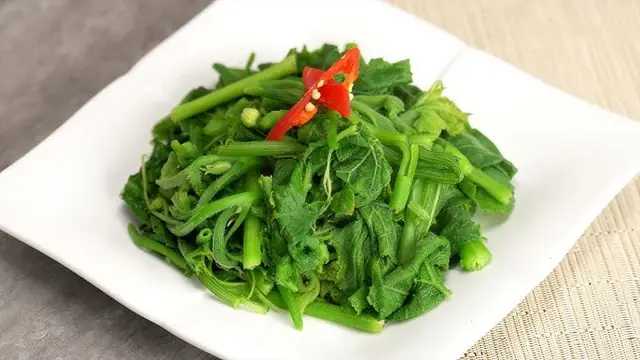
How to identify poisonous mushrooms
Signs to Identify and Avoid Poisonous Mushrooms
-
Visual Inspection: Poisonous mushrooms often have bright, vibrant colors with red, white, or black spots. Their stems may have stripes, cracks, or even emit sap when picked.
-
Smell: They might emit a harsh, bitter odor, though some poisonous mushrooms can have a mild fragrance.
-
Color Testing Methods:
- Method 1: Rub the white part of a green onion on the mushroom cap. If it turns greenish-brown, the mushroom is poisonous.
- Method 2: Insert a silver spoon or chopstick into the mushroom cap or stem. If it changes color, the mushroom is toxic.
- Method 3: Drop some fresh milk onto the mushroom cap. If the milk curdles, avoid eating the mushroom.
-
Observing the Mushroom’s Gills: Poisonous mushrooms often have white gills beneath their caps, whereas edible ones may have brown or tan gills. However, not all white-gilled mushrooms are toxic.
-
Stem Examination: Avoid mushrooms without a ring encircling the stem or those with unusual markings under the cap.
It’s best to avoid consuming any mushroom that you’re not completely sure is safe or if you’ve never seen it before.
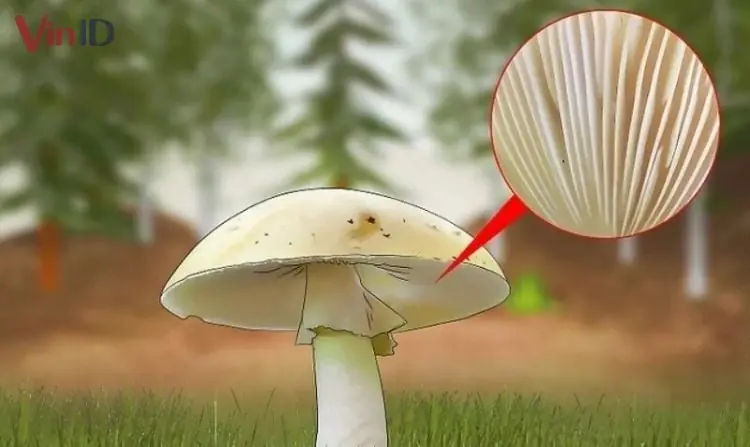
Common Poisonous Mushrooms Often Mistaken for Edible Ones
2.1. Destroying Angel (Amanita verna)
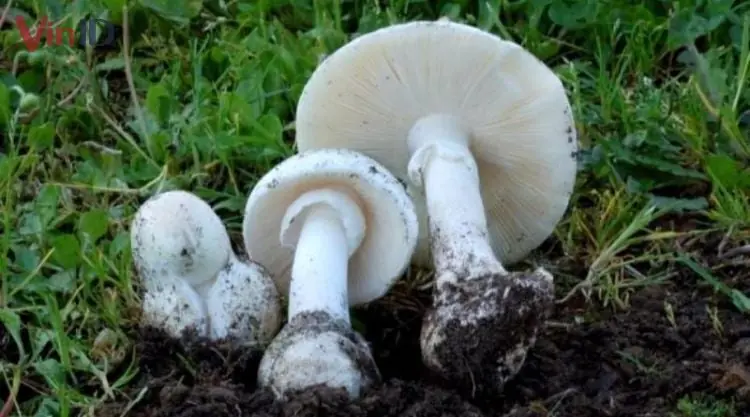
- Appearance: White cap with a smooth surface. When young, the cap is egg-shaped and tightly attached to the stem. Entirely white, the stem is bulbous at the base with a flower-shaped base.
- Flesh: Soft, white, with a mild fragrance.
- Toxins: Amatoxins, highly toxic.
- Effects: Can cause severe liver damage and necrosis. In breastfeeding mothers, the to.xin can pass through milk, poisoning infants.
The white cone mushroom has a toxin that is classified as highly to.xic and can cause dea.th. Even when boiled or dried, the toxicity of the mushroom does not disappear.
When eaten, the to.xin can damage liver cells and lead to liver necrosis. If a nursing mother eats poisonous mushrooms, the tox.in can pass through the milk and cause poisoning in the ne.wb.orn.
2.2. Fool's Mushroom (Amanita virosa)
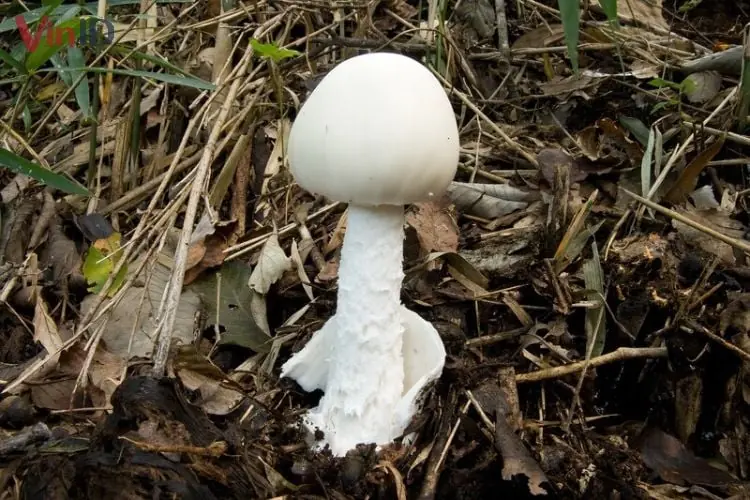
- Appearance: Similar to Amanita verna, with a white, egg-shaped cap when young and a bulbous base. The stem is ringed near the cap.
- Flesh: Soft, white, with a mild fragrance.
- Toxins: Amatoxins, highly toxic.
- Effects: Destroys liver cells, causing acute liver failure. Symptoms include abdominal pain, vomiting, diarrhea, jaundice, and coma, which can be fatal if untreated.
The toxicity of this mushroom can affect the cytoplasm of cells, causing cell destruction, especially liver cells, leading to acute liver failure. Symptoms appear late, often in the form of abdominal pain, vomiting, diarrhea, jaundice, bleeding, oliguria, coma, etc. Treatment should be given as soon as possible to avoid the risk of death.
2.3. Yellow-Staining Mushroom (Inocybe rimosa)
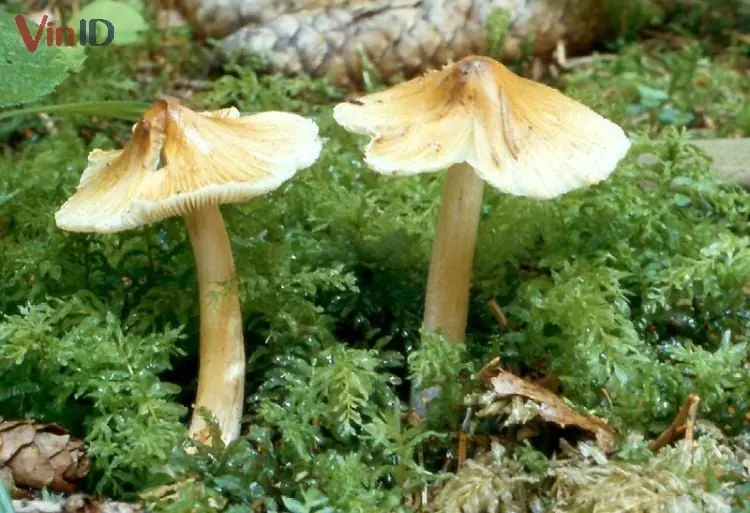
- Appearance: Cone or bell-shaped cap with a pointed tip, radiating yellow-brown threads. The edges of the cap split as the mushroom matures.
- Flesh: White.
- Toxins: Muscarine.
- Effects: Affects the parasympathetic nervous system, causing symptoms such as sweating, difficulty breathing, slow heart rate, and seizures. Symptoms appear quickly but usually subside within 1-2 days.
2.4. Green-Spored Parasol (Chlorophyllum molybdites)
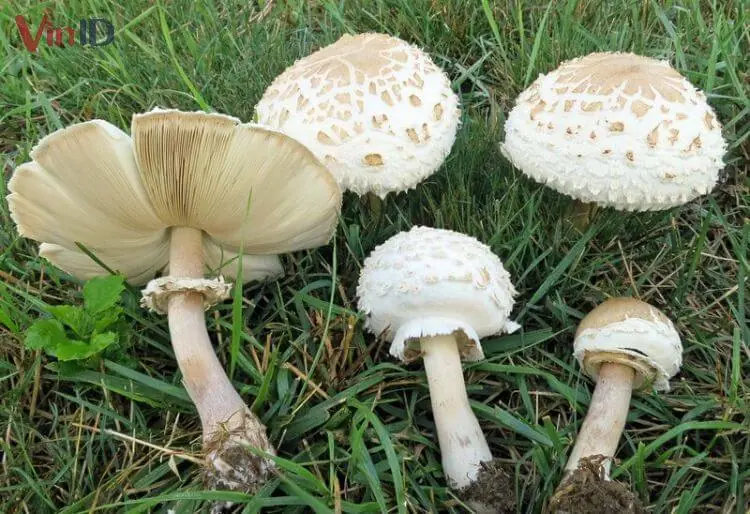
- Appearance: Young caps are dome-shaped and yellowish, with small, light-brown or gray scales. Mature caps flatten out with more prominent brown scales near the center.
- Flesh: White.
- Toxins: Mild, causing gastrointestinal irritation.
- Effects: Symptoms such as nausea, vomiting, abdominal pain, and diarrhea appear quickly but subside within 2-3 days.
2.5. Magic Mushrooms (Psilocybe pelliculosa)
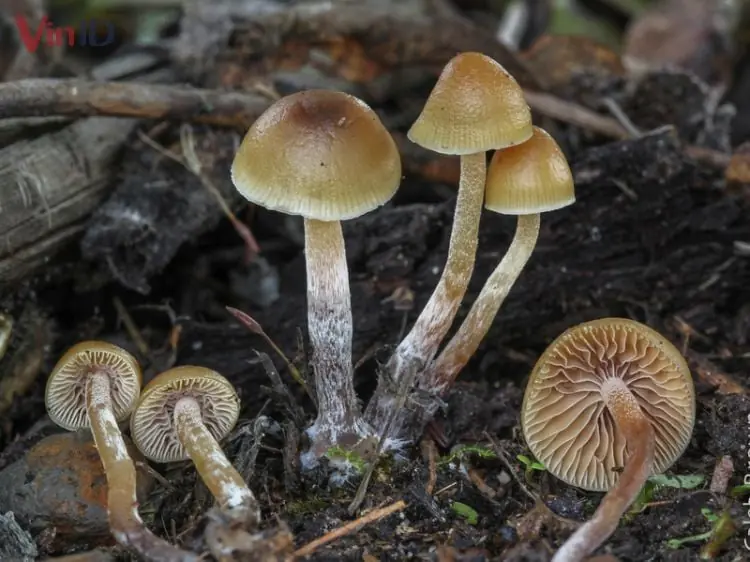
- Appearance: White gills when young, turning light green or gray with age. Stems are long, thin, and often change to green or blue.
- Flesh: Light brown with a mild smell and taste.
- Toxins: Psilocybin and psilocin.
- Effects: Causes hallucinations, emotional instability, and agitation. Symptoms appear within an hour and last up to a day.
2.6. De.ath Cap (Amanita phalloides)
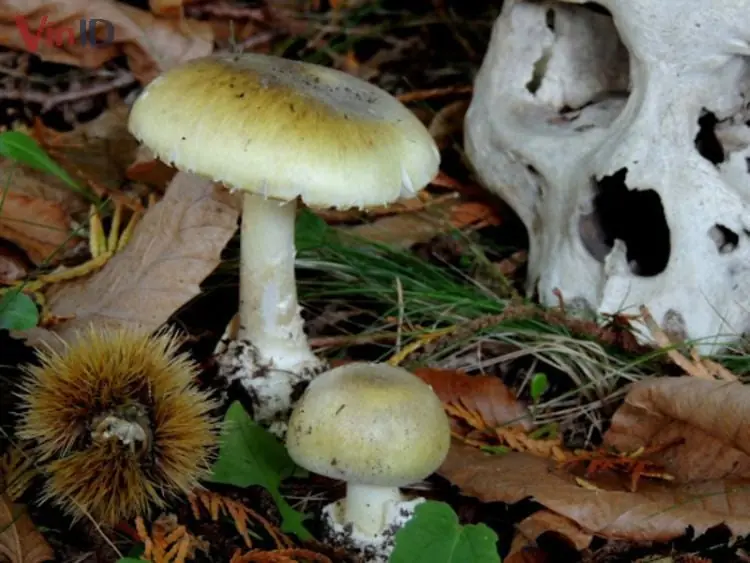
- Appearance: Large cap resembling a hood. Gills are brown and turn yellow as the cap flattens. Stem is bulbous at the base with a flower-like structure.
- Flesh: White.
- Toxins: Amatoxins, heat-resistant and highly toxic.
- Effects: Causes severe liver and kidney damage, leading to coma and often death.
This poisonous mushroom can cause poisoning even when cooked, the amatoxin in the mushroom is heat-resistant. After eating for half a day, the poisonous mushroom can cause symptoms such as abdominal pain, vomiting, bloody diarrhea, severe dehydration, decreased urine output, and more seriously, hypoglycemia.
Amatoxin causes damage to the liver, kidneys, and central nervous system of the brain. The person who eats it quickly falls into a coma and can easily die, so take them to the emergency room as soon as possible.
2.7. De.adly Webcap (Cortinarius)
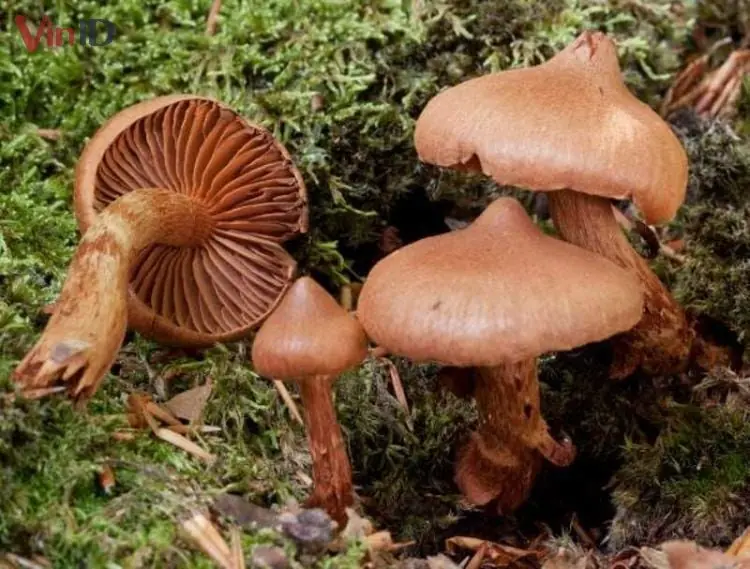
- Appearance: Brown cap and stem with a fibrous appearance.
- Flesh: Light brown.
- Toxins: Orellanine.
- Effects: Initial symptoms resemble the flu but worsen after 2-3 days, causing kidney failure if untreated
2.8. Autumn Skullcap (Galerina marginata)
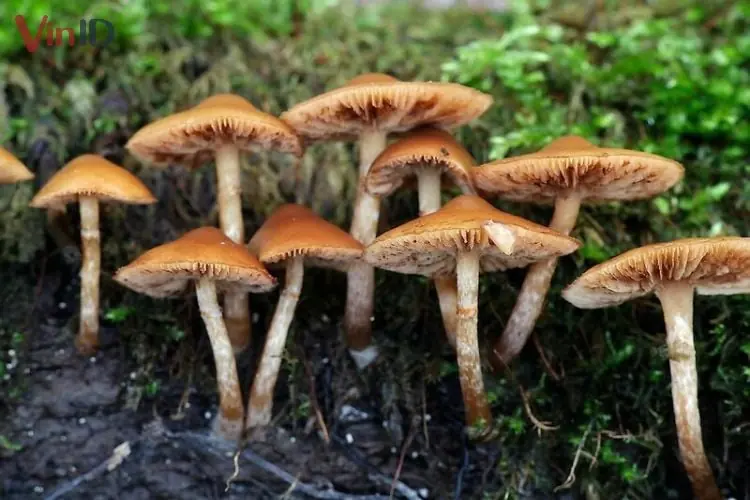
- Appearance: Brown cap shaped like an inverted saucer, often yellowish at the edges. The stem is white and long.
- Toxins: Amatoxins.
- Effects: Causes gastrointestinal symptoms, liver damage, and death if not treated promptly.
Often grows wild on dead trees all over the world. This type of mushroom looks like many other harmless mushrooms, causing many people to mistake it and eat it. Eating this poisonous mushroom can cause poisoning. Symptoms include vomiting, diarrhea, hypothermia, liver damage and eventually death if not treated quickly.
2.9. D.eadly Dapperling (Lepiota brunneoincarnata)
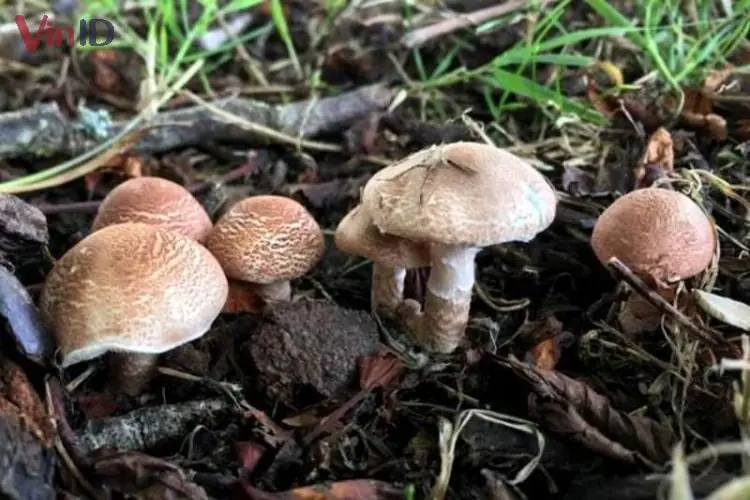
- Appearance: Brown cap (4 cm wide) with a pinkish-brown stem and white gills.
- Flesh: White.
- Toxins: Amatoxins.
- Effects: Causes severe digestive issues, liver failure, and high fatality rates if untreated.
Deadly Dapperling mushrooms contain amatoxin, a toxin responsible for 80–90% of mushroom poisoning deaths. The mortality rate from ingesting amatoxin is as high as 50% if left untreated and 10% if treated promptly. Initial symptoms include abdominal pain and gastrointestinal upset, followed by fatal liver failure.
2.10. Yellow-Staining Mushroom (Agaricus xanthodermus)
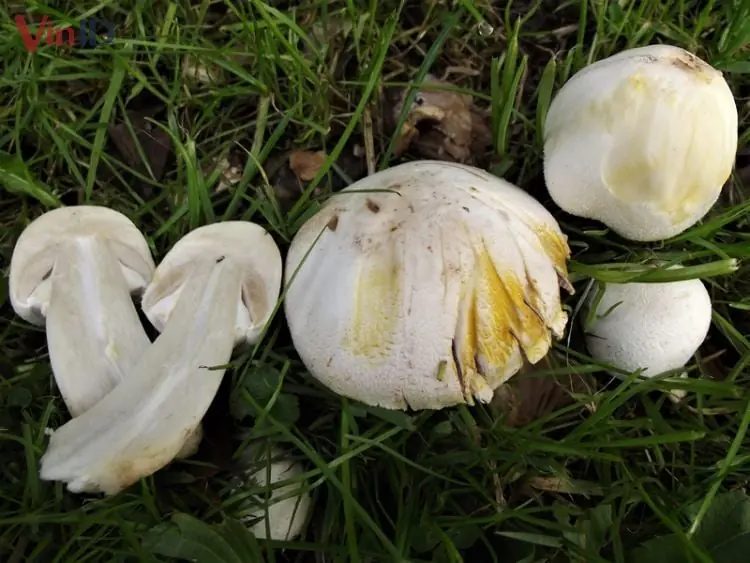
- Appearance: White cap with yellowish stains, edges turned downward. Stem ends with a yellow base.
- Flesh: Mostly white, with a yellowish tint near the stem.
- Toxins: Amatoxins.
- Effects: Chemical odor intensifies when cooked, causing symptoms such as abdominal pain, nausea, vomiting, diarrhea, dizziness, and drowsiness.
Yellow-staining mushrooms have a very distinctive chemical smell like disinfectants, iodine or kerosene when cooked, and can give off a stronger smell.
After eating for 30 minutes - 2 hours, poisoning symptoms will appear including abdominal cramps, nausea, vomiting and diarrhea. More severe symptoms can cause headaches, dizziness, sweating and drowsiness, but these symptoms rarely appear.
The above article has provided you with signs to recognize poisonous mushrooms, please pay attention and minimize picking and eating mushrooms outside to protect your health! Don't forget to buy safe mushrooms at VinMart or through the VinID app to ensure quality!
News in the same category

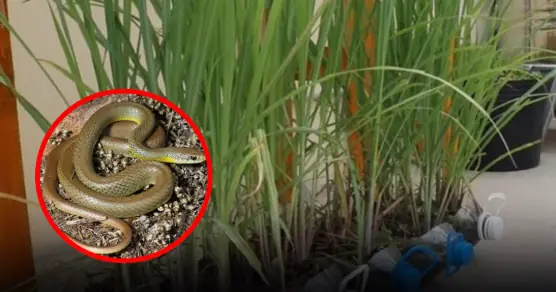
Be careful when planting these plant
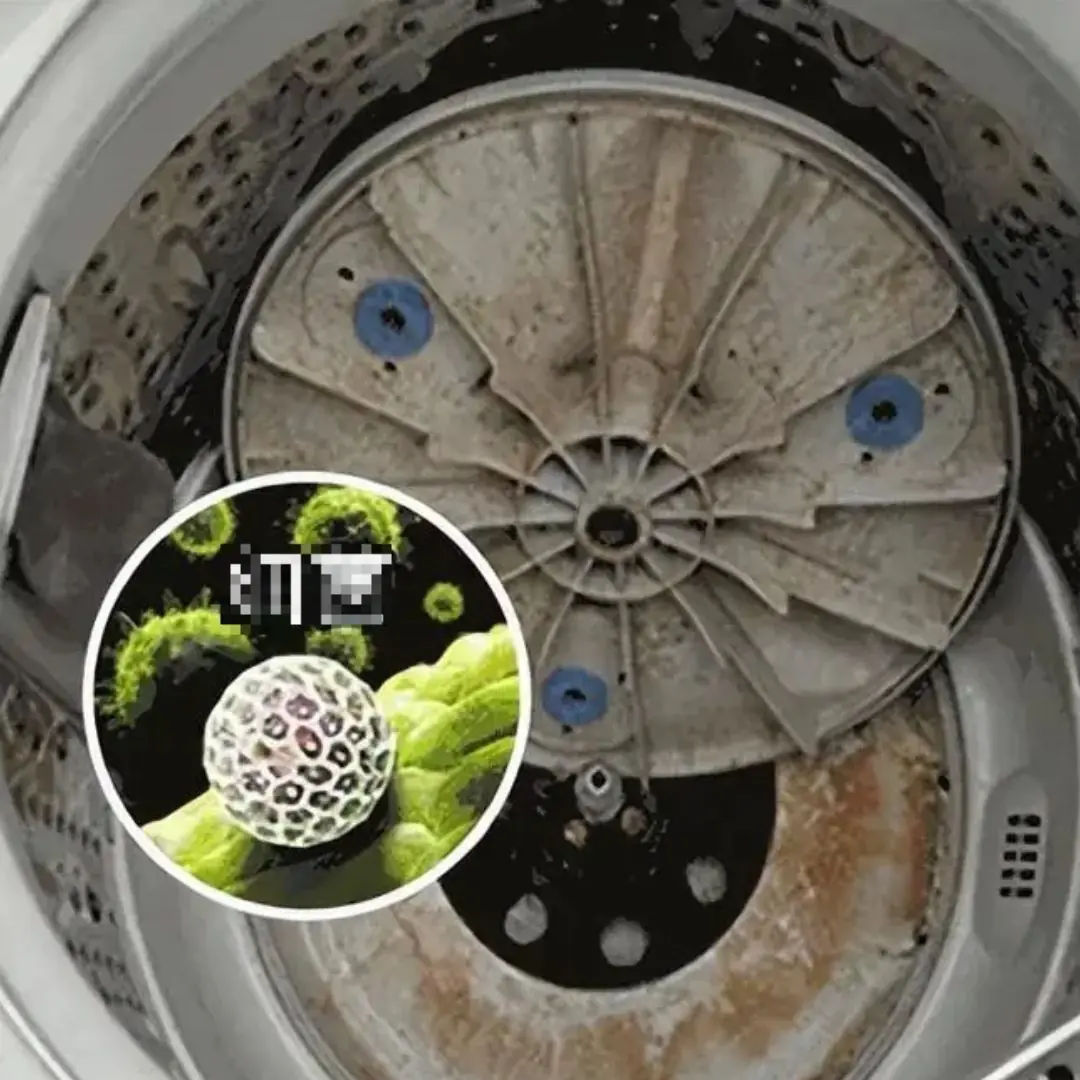
There’s one household item most people forget to clean, yet it can quickly turn into a hotspot for bacteria and illness
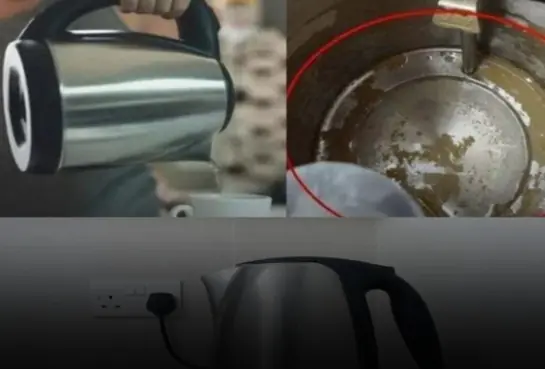
Condolences to those who are using these 4 types of electric kettles

Housewives need to pay attention to this

Be sure to unplug to reduce electricity bill
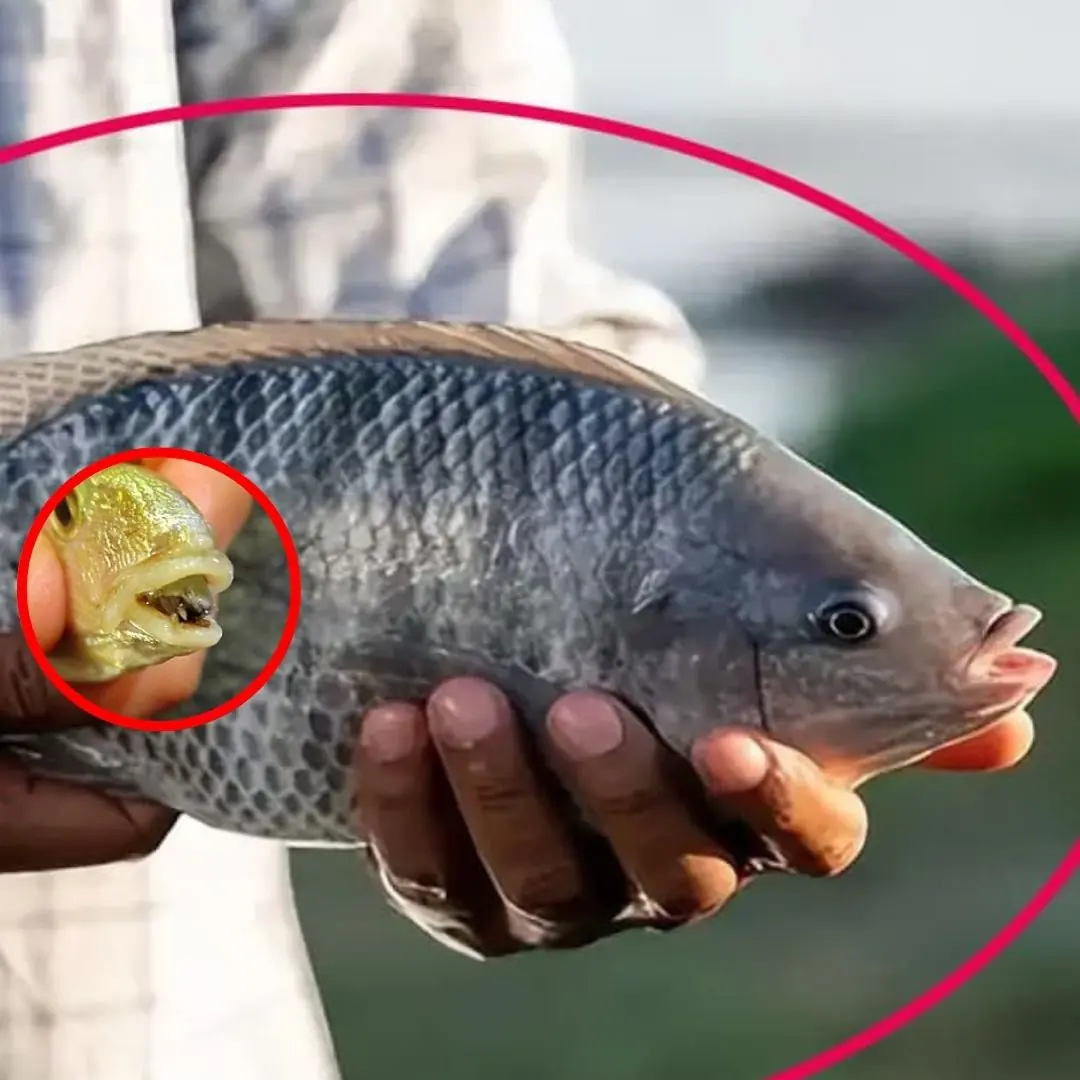
4 types of fish covered with "para.sites"!

The 3 most toxic pork parts in the market, no matter how cheap, don't buy them or you'll get sick
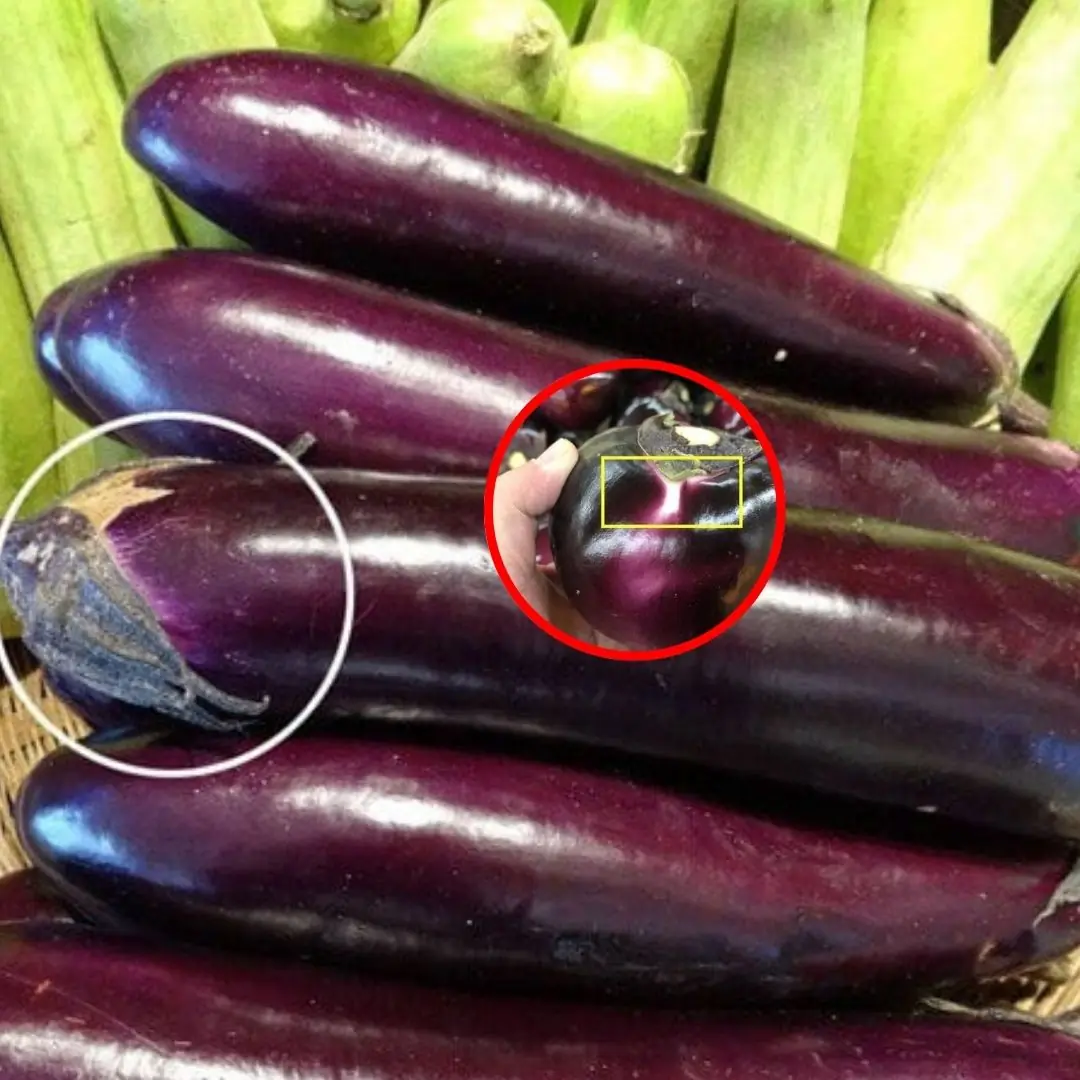
Unlock the secret to choosing perfectly tender, flavorful eggplants — fresh, safe, and free from preservatives!

Follow this tip and your fish will stay fresh without losing its nutrients

What Happens to People Who Regularly Eat Sweet Potatoes for Breakfast Over a Long Period of Time?

Bathroom and toilet doors should be closed or open

Snakes are very af.raid of these 2 types of flowers
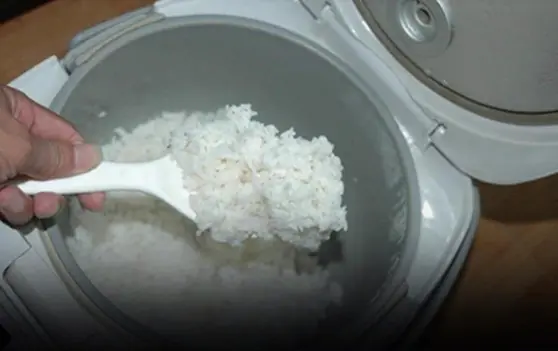
Everyone needs to pay attention when reheating cold rice

Simple tips to clean yellow sweat stains on white shirts

Tips to Keep Ginger Fresh All Year Without Sprouting — Fragrant and Firm Like New
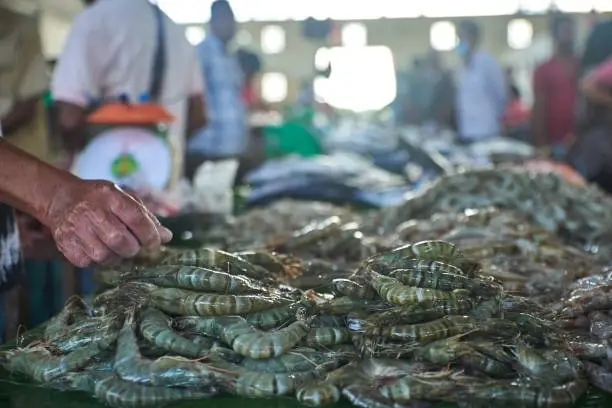
Add One Small Step to Keep It Fresh and Sweet for a Whole Year

Put 1 Glass of Salt in a Car: Surprising Hack Every Driver Needs to Know

6 Indoor Spots Where You Should Never Install Security Cameras

After 30 years of using a microwave, I finally discovered this “magic button”
News Post

Over 200 People Are Ki.lled By The “World’s Deadliest Food” Every Year, But Almost 500 Million People Still Eat It

People Pour Buckets of Ice into the Toilet — The Result Leaves Everyone Stunned

A Nutritious Dish That Helps Ease Rheumatoid Arthritis and Can Be Cooked in Many Delicious Ways

What Animal You See First Will Reveal Your Anger Trigger

I Pulled This Baby Out Of A Burning House—And Then Found Out His Parents Left Him Behind

Kind people gave a homeless woman an old trailer!

The Birthday That Turned Into A Family Secret None Of Us Expected

20 years later, the surprising ending came back

Beware of 5 types of fruit that make you gain more weight than fatty meat

Be careful when planting these plant
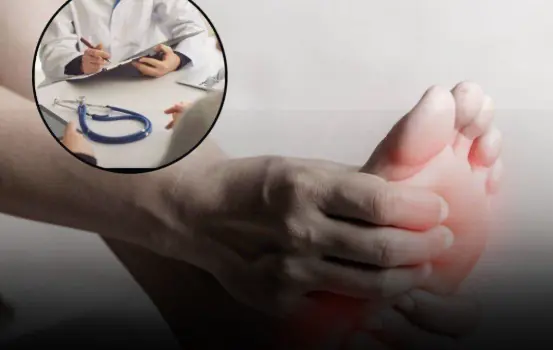
Beware Of Diabetes If You Frequently Experience These 5 Strange Symptoms

Eggplant is the king of vegetables but not everyone can eat it

Eat 4 foods on an empty stomach in the morning to help clean the intestines, improve digestion, and prevent canc.er
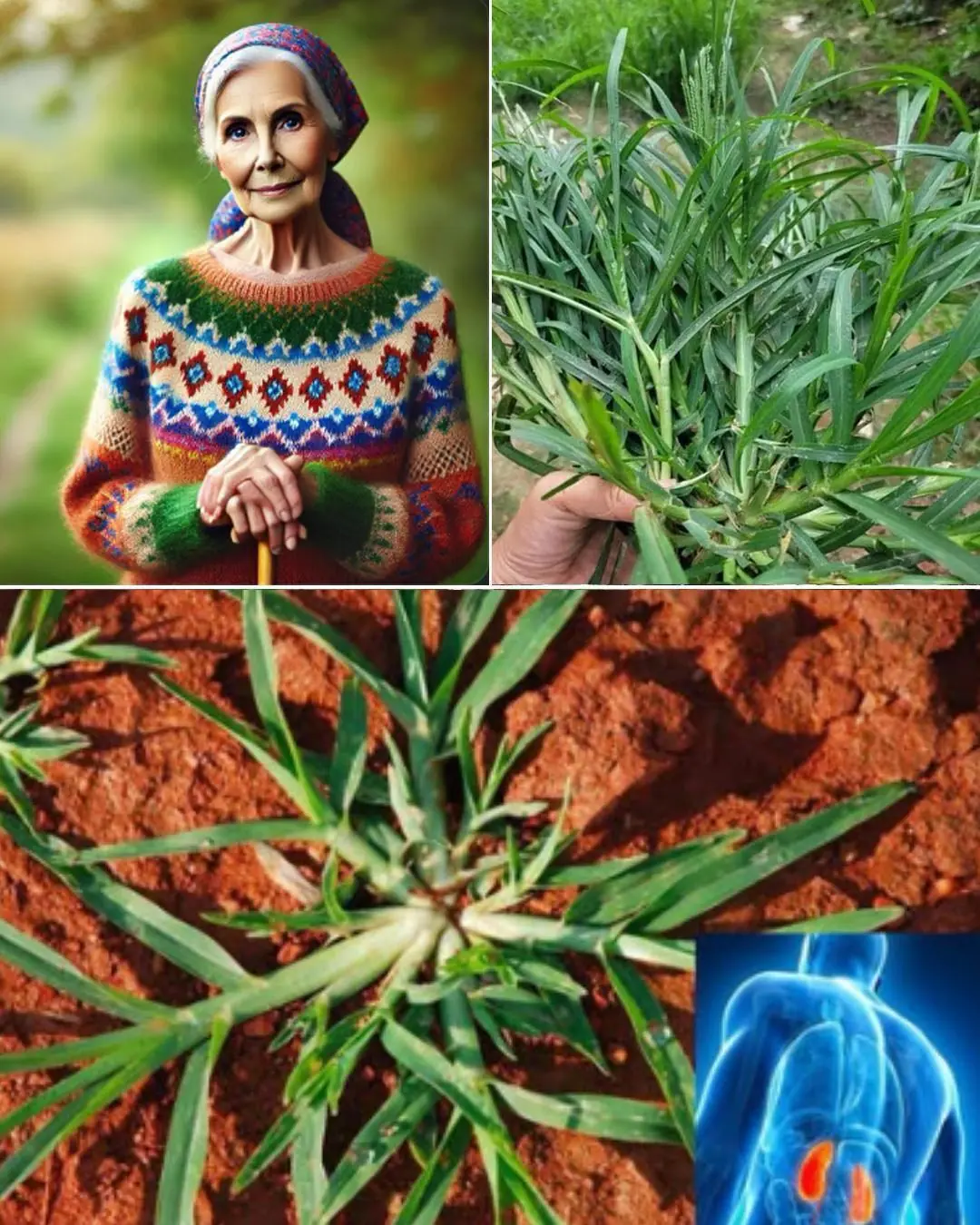
Goosegrass: Health Benefits and Uses
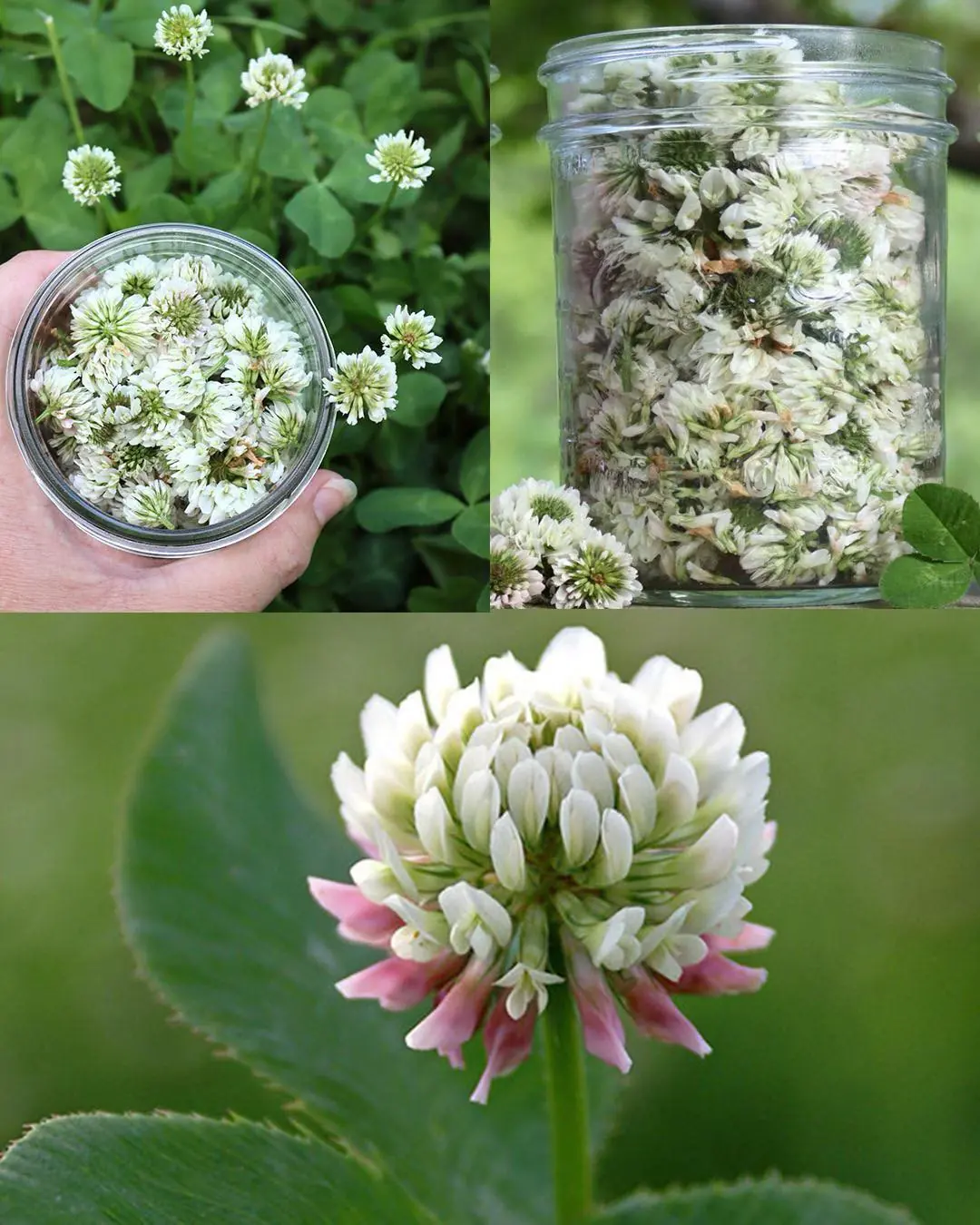
White Clover (Trifolium repens): 15 Benefits and Homemade Uses

Optical illusion: What you see first reveals something important about your personality
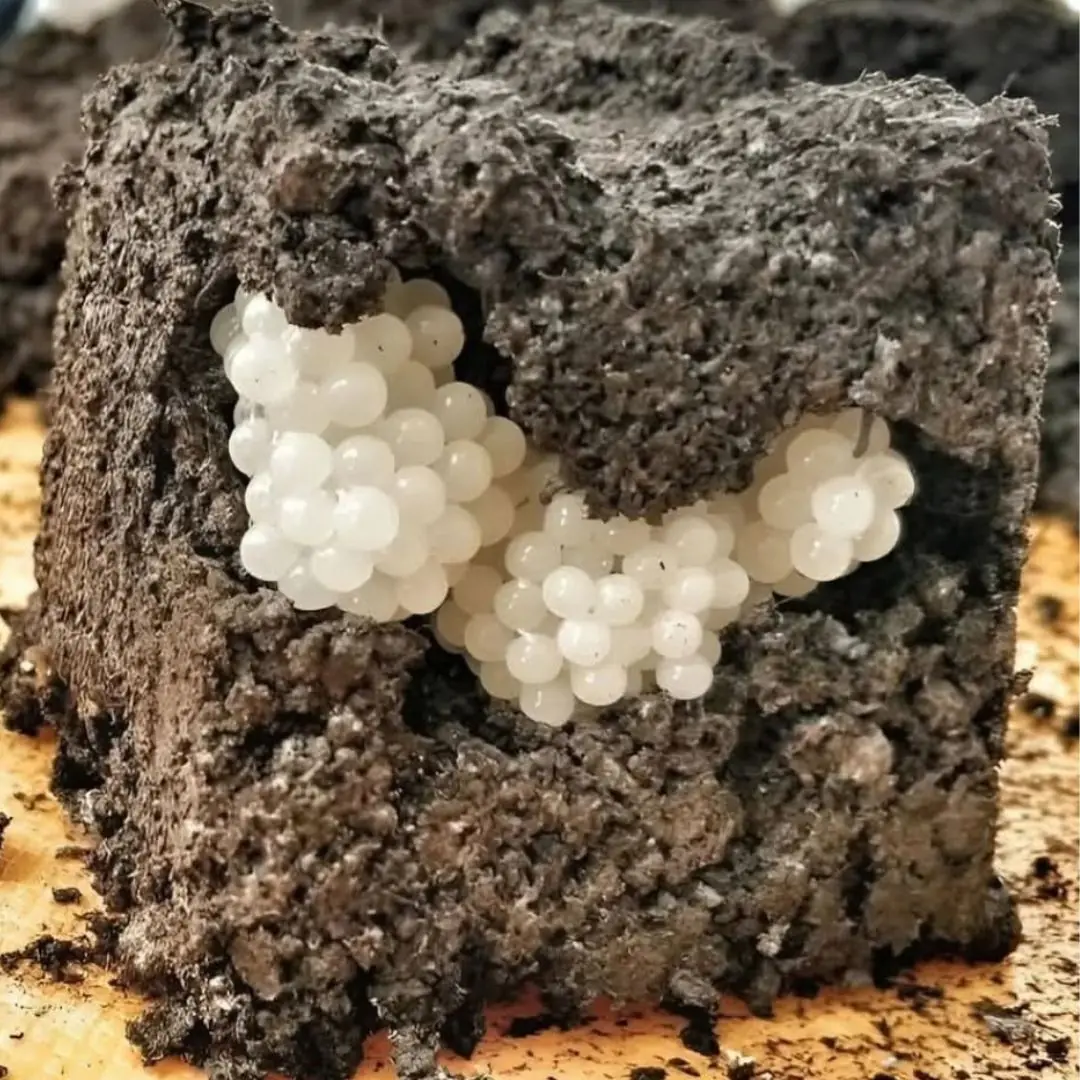
I found something strange in the yard – white, round balls: I was horrified when I realized what it was
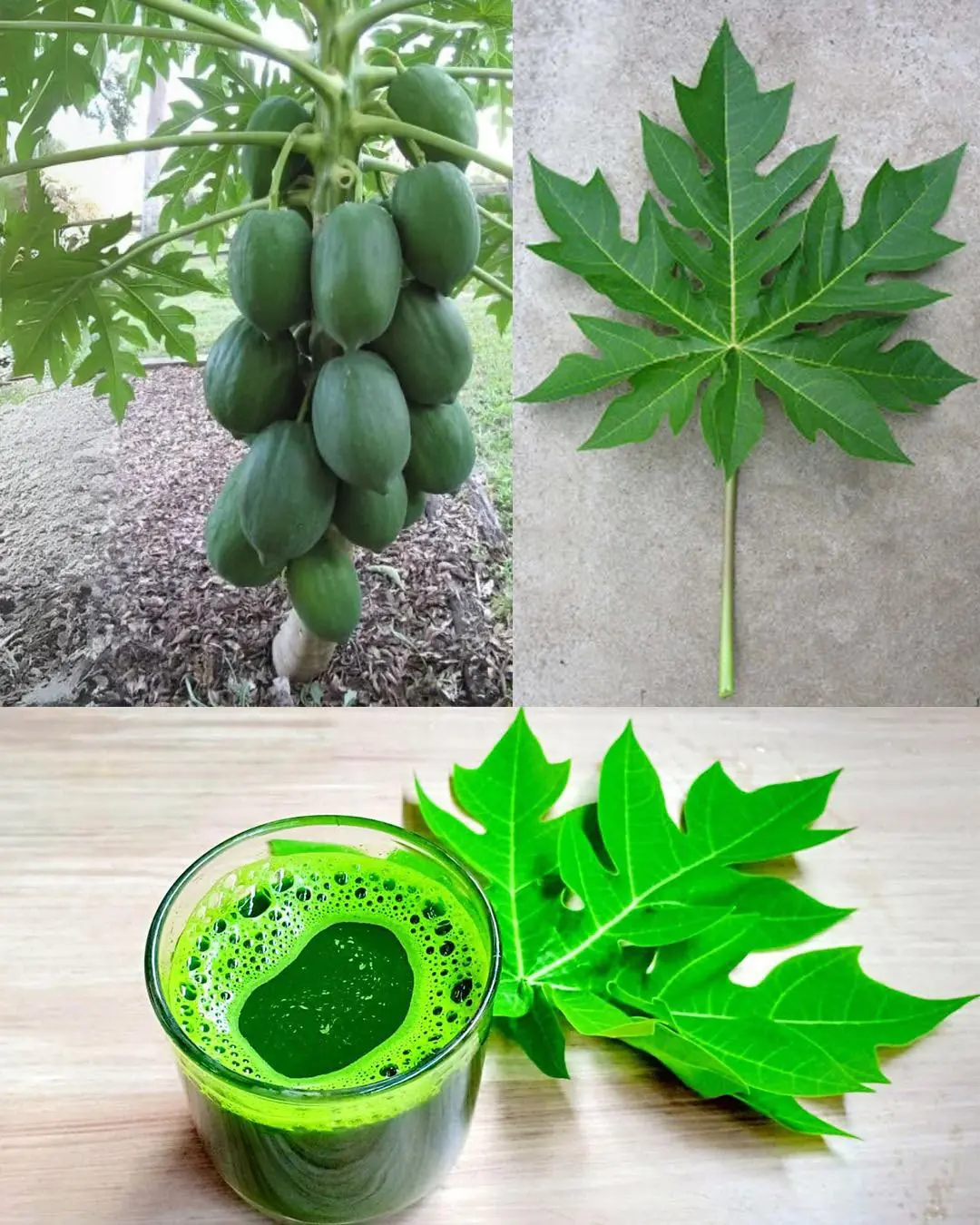
The Hidden Healing Power of Papaya Leaves

There’s one household item most people forget to clean, yet it can quickly turn into a hotspot for bacteria and illness
